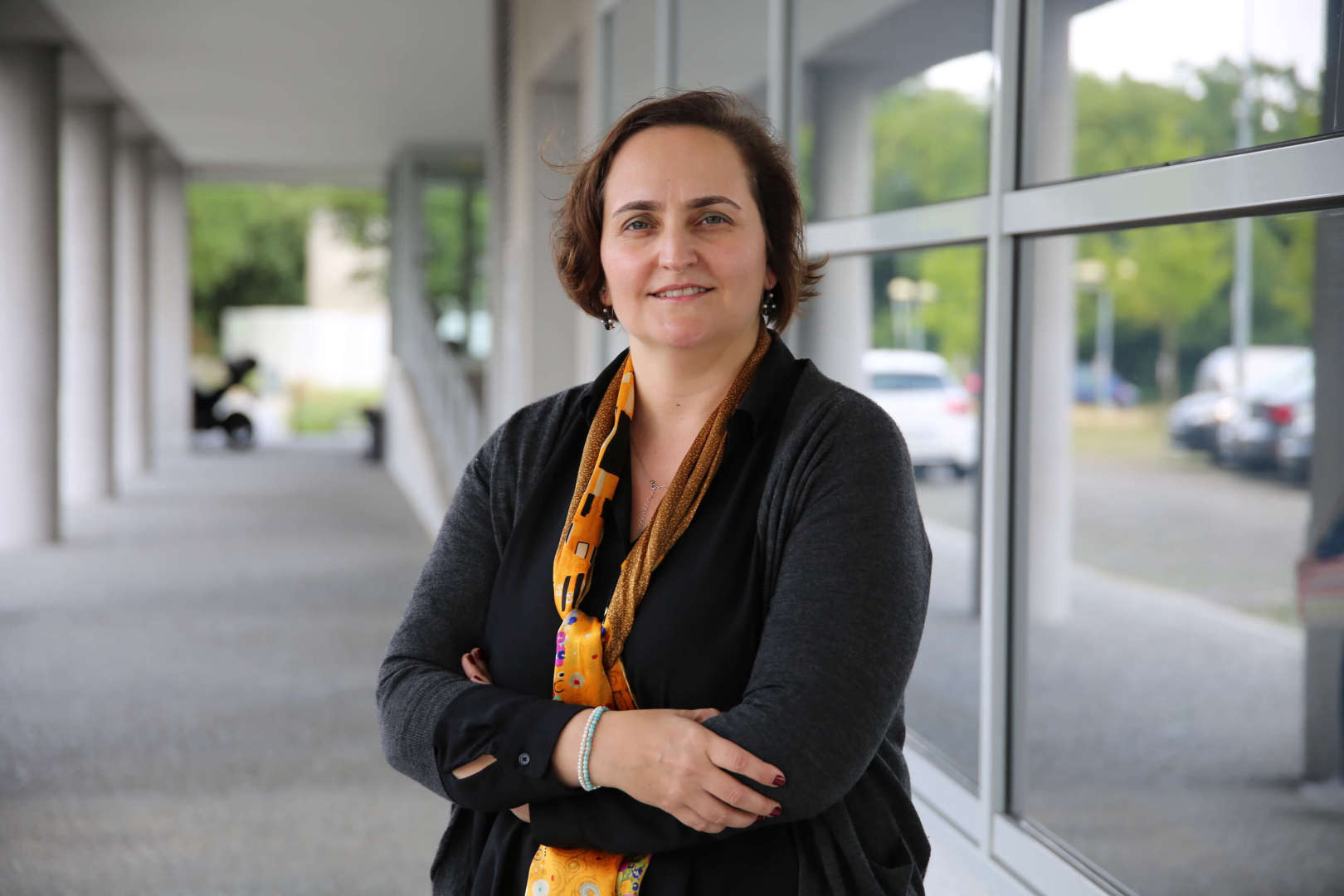Sobre
Ana F. Sequeira é licenciada em Matemática, desde 2002, Mestre em Engenharia Matemática, desde 2007, pela Faculdade de Ciências e doutorada em Engenharia e Eletrotécnica e de Computadores, desde 2015, pela Faculdade de Engenharia, ambas as faculdades da Universidade do Porto.
Ana F. Sequeira colaborou com o INESC TEC como investigadora durante o seu doutoramento que visou as áreas de visão computacional e "machine learning" com foco em metodologias de detecção de vivacidade em íris e impressão digital.
Após a conclusão do doutoramento, Ana F. Sequeira colaborou na Universidade de Reading, UK, em dois projectos europeus relacionados com a aplicação de reconhecimento biométrico em controlo de fronteiras (FASTPASS e PROTECT).
A esta actividade seguiu-se uma colaboração a curto-prazo com a empresa Irisguard UK com o objectivo de pesquisar vulnerabilidades do produto EyePay® e desenvolver um protótipo de uma medida de protecção contra “spoofing attacks”.
Actualmente, Ana F. Sequeira colabora novamente com o INESC TEC como investigadora contratado.
Enquanto doutoranda e pós-doc, desde 2011, Ana F. Sequeira é coautora de vários artigos incluindo conferencias internacionais e revistas reconhecidas pela comunidade por citações; assim como liderou a criação de bases de dados e organização de eventos como competições e eventos.
Ao longo da sua actividade de investigação Ana F. Sequeira adquiriu vasta experiência não apenas em tópicos de visão computacional/processamento de imagem mas também na aplicação de técnicas diversificadas de “machine learning”, desde as metodologias clássicas até as de “deep learning”.


